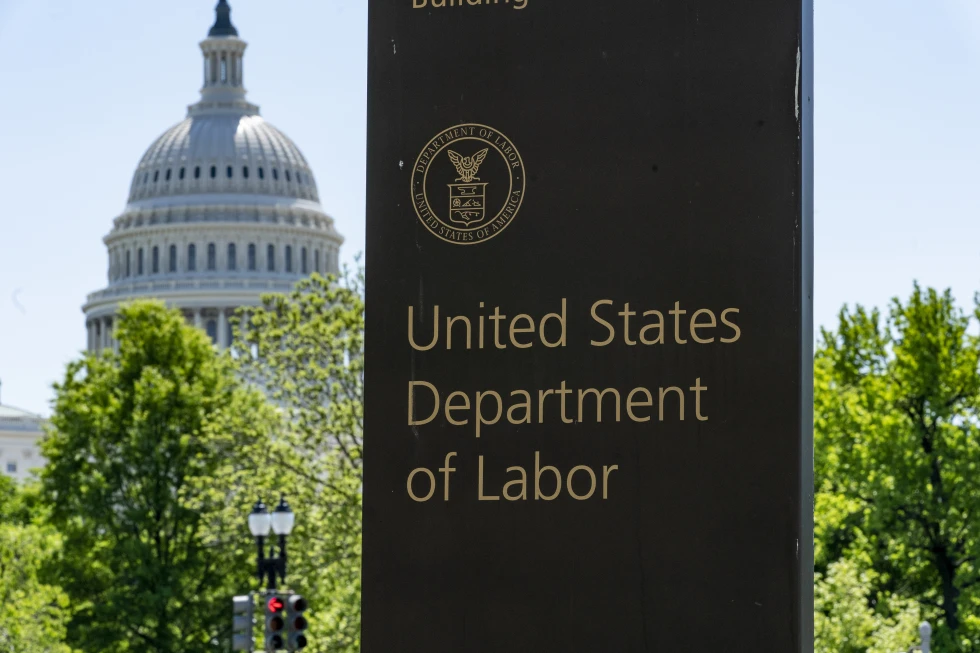Texas Floods Expose National Risk From FEMA Cuts

The disaster that unfolded in Kerr County, Texas shows how many communities will struggle to prepare for extreme weather as the federal government pulls back.
A resident of Kerrville, Texas, stands on the banks of the Guadalupe River, where flash floods caused more than 100 deaths. | Eric Vryn/Getty Images
KERR COUNTY, TEXAS — July 8, 2025 — Over 100 people lost their lives in a devastating flood disaster in Texas this weekend. The catastrophe along the Guadalupe River, one of many in its long history, has reignited urgent concerns over national preparedness, climate change risks, and cuts to federal disaster programs under the Trump administration.
Despite accurate forecasts from the National Weather Service (NWS), local communities were not equipped with early warning systems that could have saved lives. Experts say that the gap between climate-driven flood risk and preparedness is widening dangerously.
Climate Change and Underfunded Response Systems Collide
Scientists agree that climate change intensified the rainfall in Kerr County. A warmer atmosphere holds more moisture, which leads to more extreme downpours. According to climate scientist Michael Wehner of Lawrence Berkeley National Laboratory, the storm likely produced 7–20% more precipitation due to human-driven global warming.
“Extreme downpours like these are exactly what science expects in a rapidly warming world,” said Friederike Otto of Imperial College London.
Still, local infrastructure failed, with outdated or non-existent alert systems contributing to the staggering death toll. A $1 million early warning system was proposed after a 2017 flood, but Kerr County could not secure the necessary grant funding.
Trump’s Cuts to FEMA and Weather Programs Under Fire
While the White House denies responsibility, many experts link the federal government’s policies to declining local resilience. Under President Trump, more than $200 million in disaster preparedness funding was slashed through tax legislation. Additionally, the administration:
-
Proposed $2.2 billion in cuts to the National Oceanic and Atmospheric Administration (NOAA)
-
Eliminated key FEMA grant programs, including Building Resilient Infrastructure and Communities
-
Blocked multiple requests for hazard mitigation funds across several states
“It dishonors the lives lost if we don’t change behavior,” said Chad Berginnis of the Association of State Floodplain Managers.
FEMA’s Role Shrinking as Risks Grow
The Federal Emergency Management Agency (FEMA) remains in limbo. Trump previously floated the idea of eliminating the agency entirely. While FEMA may assist in recovery efforts, many communities like Kerr County were already denied critical support before the disaster.
“You can’t expect states to manage catastrophic events alone,” said Carlos Castillo, former FEMA Deputy Administrator.
The combination of budget cuts, staff shortages, and a shifting political agenda has eroded trust in federal emergency systems. NWS itself is operating under strain from mass retirements and a department-wide hiring freeze that was only recently lifted.
Experts Call for New Federal Investment
Emergency management professionals warn that ignoring scientific evidence and underfunding disaster readiness will continue to result in preventable loss of life.
“We need to stop relying on hope and start investing in systems that save lives,” said David Maurstad, former head of FEMA’s flood program.
Researchers at ClimaMeter and World Weather Attribution confirm that the Kerr County floods were consistent with climate projections, offering one more example of what’s to come without stronger infrastructure and planning.
The Cost of Inaction
The human toll is devastating, but so is the economic impact: AccuWeather estimates $18–$22 billion in damages. A $1 million system might have prevented the worst.
“That many people did not need to die,” said Michael Coen, former FEMA Chief of Staff.
As extreme weather events escalate, the U.S. must decide: Will it invest in resilience and climate adaptation, or continue to risk lives and livelihoods with underprepared communities?
For author: Staff Writer
Courtesy of: Forbes
Source: Reuters
: 38







